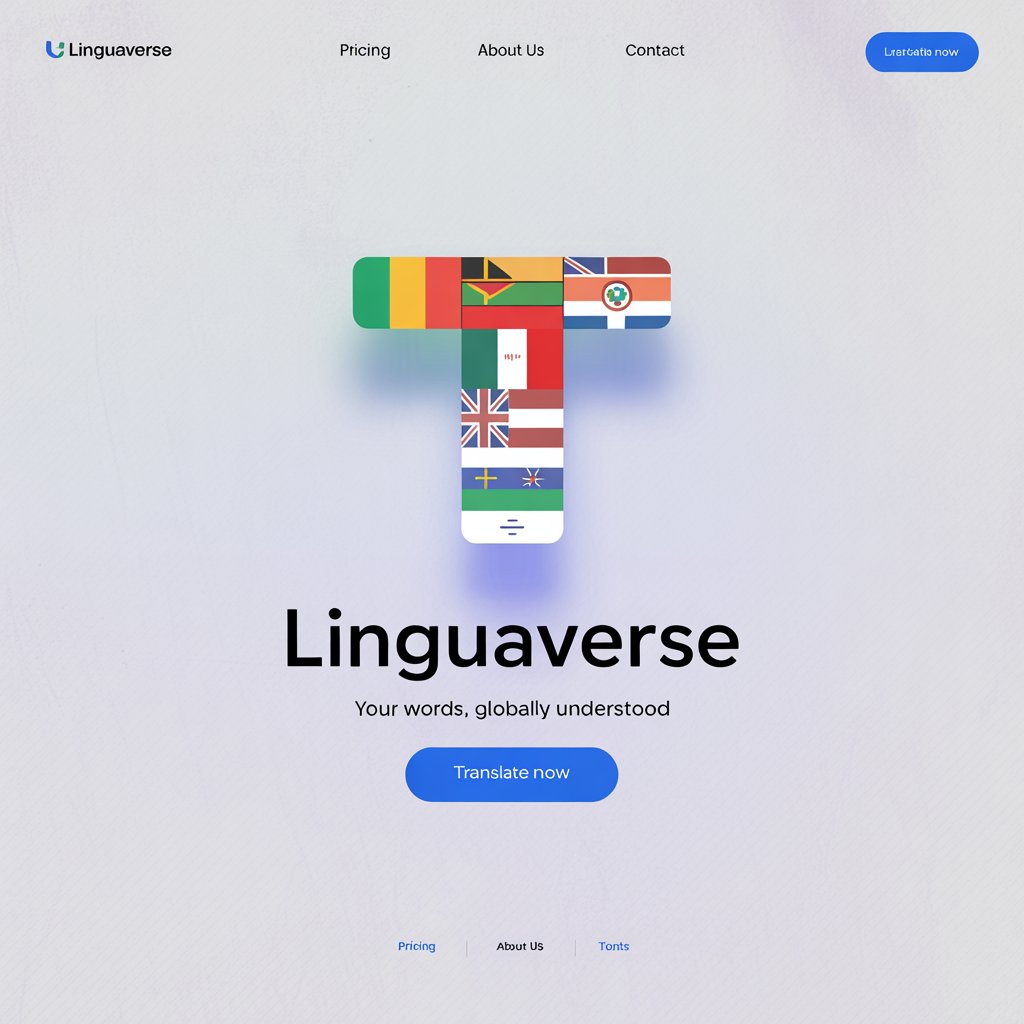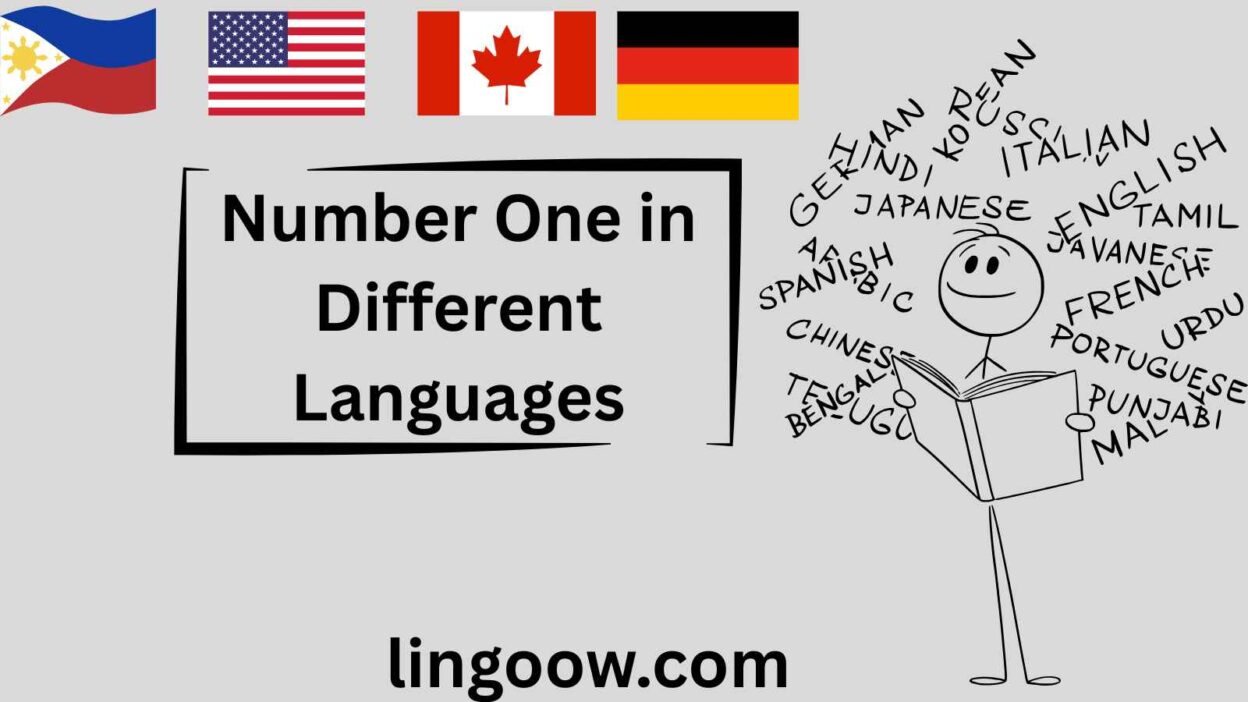Introduction
Growing up, I vividly remember my grandmother cheering me on during a school race, her voice cutting through the crowd: “You’re number one!” That simple phrase, brimming with love and encouragement, became a beacon of confidence for me. It wasn’t just about winning; it was about being seen, valued, and believed in. Across the globe, the concept of “number one” carries this same emotional weight—whether it’s a parent’s pride, a team’s victory chant, or a personal milestone. It’s a universal symbol of excellence, priority, and triumph, yet every culture wraps it in its own linguistic and emotional tapestry. Let’s embark on a journey to explore how “number one” is expressed in different languages and cultures, revealing the shared human spirit that binds us all.
Reference Table: “Number One” Across Languages
Below is a table showcasing how “number one” is expressed in 15 languages, along with brief cultural or linguistic insights.
| Language | Word/Phrase for “Number One” | Cultural/Linguistic Insight |
|---|---|---|
| English | Number One | Often used in competitive contexts, symbolizing victory or top status (e.g., “We’re number one!”). |
| Spanish | Número Uno | Common in sports and casual speech, with a passionate tone in Latin American cultures. |
| French | Numéro Un | Used formally and informally, often tied to prestige, like in fashion or academia. |
| German | Nummer Eins | Reflects precision and excellence, often used in professional or competitive settings. |
| Italian | Numero Uno | Carries a flair of pride, often used in contexts like cuisine or football. |
| Mandarin | 第一 (Dì yī) | Emphasizes leadership and primacy, deeply rooted in China’s competitive academic culture. |
| Hindi | नंबर एक (Nambar Ek) | Used in everyday speech, often in Bollywood or cricket to denote the best. |
| Japanese | 一番 (Ichiban) | Conveys being the best or first, often used in contexts like food, sports, or anime culture. |
| Korean | 첫 번째 (Cheot Beonjjae) | Used in formal and competitive settings, reflecting Korea’s emphasis on achievement. |
| Arabic | رقم واحد (Raqam Wahid) | Common in formal and religious contexts, symbolizing unity and divine primacy. |
| Swahili | Nambari Moja | Used across East Africa, often in communal settings to denote leadership or priority. |
| Zulu | Inombolo Yokuqala | Reflects respect for leadership and firsts in community and cultural ceremonies. |
| Yoruba | Nọmba Kini | Tied to cultural pride, often used in storytelling or to honor the first in a lineage. |
| Maori | Tau Tuatahi | Used in ceremonial contexts, emphasizing firstness in ancestry or leadership. |
| Hawaiian | Kahi | Reflects simplicity and pride, often used in cultural chants or hula performances. |
European Languages
In Europe, the phrase “number one” carries a sense of prestige and competition, shaped by the continent’s history of innovation and rivalry.
- French (Numéro Un): In France, “numéro un” is more than a ranking; it’s a badge of honor. From fashion houses declaring their latest collection as “numéro un” to sports fans chanting it, the phrase radiates sophistication. It’s often used in formal contexts, like naming the top student in a class, reflecting France’s reverence for intellectual and cultural excellence.
- Spanish (Número Uno): Across Spain and Latin America, “número uno” is infused with passion. In soccer-crazed countries like Argentina, fans scream it to celebrate their team’s victory. The phrase also appears in casual speech, like calling a friend “mi número uno” to express loyalty, showcasing the warmth of Hispanic cultures.
- Italian (Numero Uno): Italians use “numero uno” with flair, whether boasting about their world-class cuisine or cheering for Ferrari in Formula One. The phrase embodies pride and individuality, often tied to Italy’s cultural emphasis on standing out in art, food, and sport.
- German (Nummer Eins): In Germany, “Nummer Eins” reflects precision and discipline. It’s used in contexts like business rankings or sports, where being the best signifies hard work and reliability. Germans might say “Wir sind Nummer Eins!” during Oktoberfest or a Bundesliga match, blending celebration with pride.
Asian Languages
Asia’s linguistic diversity spans over 20 countries, each with unique ways of expressing “number one,” often tied to cultural values of achievement and harmony.
- Mandarin (第一, Dì yī): In China, “dì yī” is a powerful phrase, deeply embedded in the culture of academic and professional excellence. Parents urge their children to be “dì yī” in exams, and businesses strive to be “dì yī” in their industry. The phrase reflects China’s competitive spirit and collective drive for progress.
- Hindi (नंबर एक, Nambar Ek): In India, “nambar ek” is a household phrase, popularized by Bollywood films and cricket rivalries. From calling a favorite actor “nambar ek” to celebrating a cricket team’s victory, the phrase is vibrant and emotional, reflecting India’s love for drama and triumph.
- Japanese (一番, Ichiban): Japan’s “ichiban” is versatile, used in contexts from sushi restaurants claiming to be “ichiban” to athletes striving to be the best. It carries a sense of personal effort and cultural pride, often tied to Japan’s emphasis on perfection and respect for mastery.
- Korean (첫 번째, Cheot Beonjjae): In South Korea, “cheot beonjjae” is used in competitive settings, like K-pop rankings or academic achievements. It reflects Korea’s fast-paced, achievement-oriented culture, where being first is a mark of honor and diligence.
- Arabic (رقم واحد, Raqam Wahid): Across 22 Arabic-speaking countries, “raqam wahid” symbolizes unity and primacy. In religious contexts, it may evoke the oneness of God, while in secular settings, it’s used to denote top performers, like in Egypt’s football leagues or Saudi Arabia’s business rankings.
African Languages
Africa’s linguistic landscape, spanning over 20 countries, reveals how “number one” is woven into communal and cultural narratives.
- Swahili (Nambari Moja): Spoken in countries like Kenya, Tanzania, and Uganda, “nambari moja” is used in markets, schools, and politics to denote leadership. It carries a communal tone, often celebrating collective achievements, like a village team being “nambari moja” in a tournament.
- Zulu (Inombolo Yokuqala): In South Africa, “inombolo yokuqala” is used in ceremonial contexts, like honoring the first-born or a community leader. It reflects Zulu respect for hierarchy and tradition, often accompanied by vibrant celebrations.
- Yoruba (Nọmba Kini): In Nigeria, “nọmba kini” is tied to storytelling and lineage, where being the “first” is a mark of pride. It’s used in proverbs or to honor pioneers, reflecting Yoruba reverence for history and ancestry.
Indigenous & Island Languages
Indigenous and island languages, spoken across diverse regions, offer unique perspectives on “number one,” often tied to community and tradition.
- Maori (Tau Tuatahi): In New Zealand, “tau tuatahi” is used in ceremonial contexts, like honoring the first in a lineage or a haka performance. It reflects Maori values of ancestry and leadership, deeply tied to cultural identity.
- Hawaiian (Kahi): In Hawaii, “kahi” is simple yet profound, used in chants or hula to signify primacy. It carries a spiritual weight, often linked to the first light of dawn or the first wave in surfing, embodying Hawaii’s connection to nature.
- Cherokee (ᎤᏓᎸᏂ, Udalvni): Among the Cherokee in the U.S., “udalvni” denotes being first, often used in storytelling or to honor trailblazers. It reflects the Cherokee emphasis on community and resilience.
- Samoan (Numera Tasi): In Samoa, “numera tasi” is used in communal settings, like village gatherings or sports, symbolizing unity and pride. It’s often paired with celebrations of cultural heritage.
Cultural Insights
The concept of “number one” has evolved across civilizations, often tied to competition, leadership, or divine unity. In ancient Greece, being “first” was celebrated in the Olympics, a tradition that continues in modern sports. In Chinese philosophy, the number one symbolizes the beginning of all things, rooted in Taoist principles. In Islamic cultures, “wahid” (one) is sacred, reflecting the oneness of God. Historically, being “number one” has signified power, whether in Egypt’s pharaohs claiming divine primacy or medieval Europe’s monarchs striving to be the “first” among equals. Across cultures, the phrase is a universal marker of achievement, yet its emotional resonance—pride, joy, or reverence—varies by tradition.
Proverbs and Sayings
- English: “The early bird catches the worm.” (Being first brings rewards.)
- Spanish: “El primero en llegar, el primero en ser servido.” (The first to arrive is the first to be served.)
- Mandarin: “一步先,步步先。” (One step ahead, always ahead.)
- Swahili: “Mtu wa kwanza ndiye wa maana.” (The first person is the one who matters.)
- Maori: “Ko te tuatahi te mea nui.” (The first is the most important.)
These sayings reflect how “number one” is tied to initiative, leadership, and cultural values worldwide.
FAQs
Why does “number one” sound similar in many languages?
Many languages share linguistic roots (e.g., Latin-based “numero” in Romance languages) or borrow terms through globalization, like English influencing “nambar” in Hindi.
What’s the oldest known usage of “number one”?
The concept of “one” dates back to ancient numeral systems, like Sumerian cuneiform (circa 3000 BCE), where “one” symbolized unity or primacy.
How do cultural differences affect the expression of “number one”?
In individualistic cultures like the U.S., it emphasizes personal achievement. In collectivist cultures like Japan, it often highlights group success or harmony.
Conclusion
“Number one” is more than a phrase—it’s a universal heartbeat, pulsing through every culture’s language and traditions. Whether it’s the triumphant chant of “ichiban” in a Tokyo sushi bar, the proud declaration of “nambari moja” in a Kenyan village, or the loving “mi número uno” whispered to a friend, this concept unites us in our shared pursuit of excellence and connection. It reminds us that, no matter the language, we all strive to be seen, valued, and first in someone’s heart. What does “number one” mean to you? Share your story or how you say it in your language in the comments below—let’s celebrate our global tapestry together!




